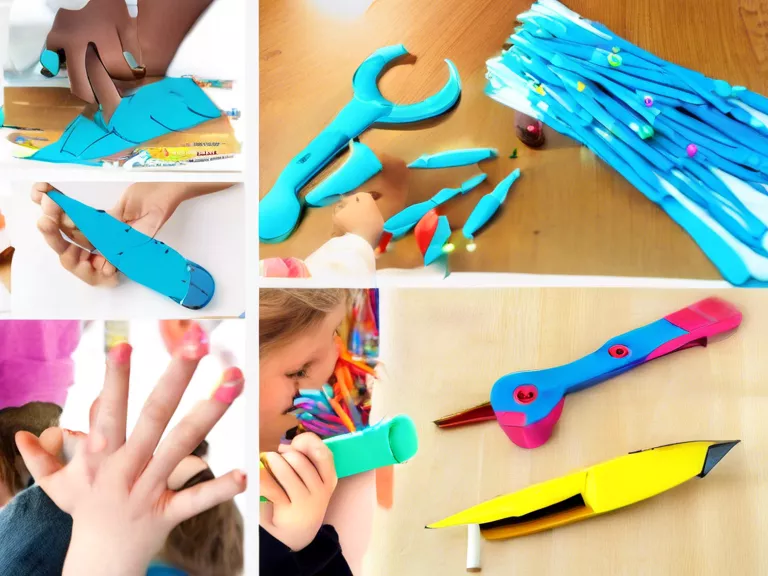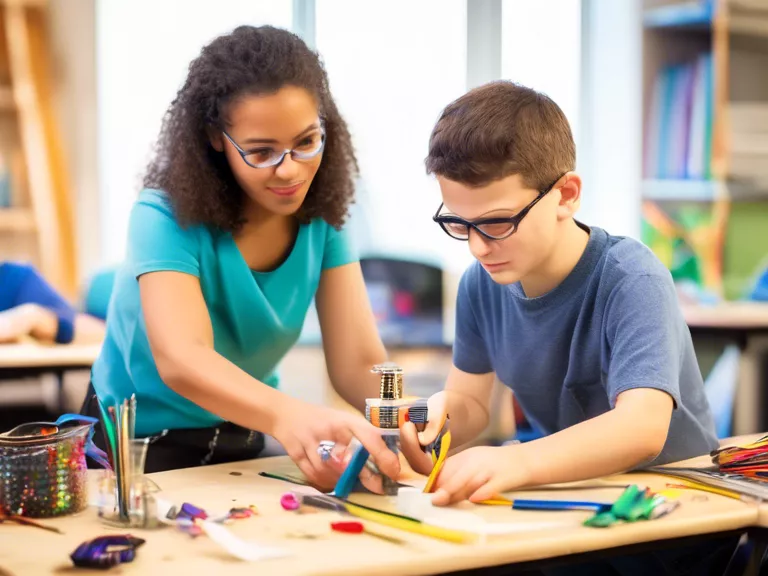
Introduction
In today's rapidly evolving education landscape, technology is playing a significant role in transforming the way students learn and engage with educational content. One exciting trend that has emerged is the integration of do-it-yourself (DIY) crafts into educational technology, creating a powerful combination that empowers learning in a creative and hands-on way.
The Rise of Ed Tech Revolution
With the increasing use of digital devices and online platforms in education, the Ed Tech revolution has opened up new possibilities for enhancing learning experiences. From interactive learning apps to virtual reality simulations, technology has revolutionized the way students access and interact with educational content.
Integrating DIY Crafts in Ed Tech
The integration of DIY crafts in Ed Tech brings a hands-on, tactile approach to learning that complements digital tools and resources. By incorporating DIY projects into educational technology platforms, students can engage in experiential learning experiences that promote creativity, problem-solving skills, and critical thinking.
Benefits of Empowering Learning with DIY Crafts
Enhanced Creativity: DIY crafts encourage students to think outside the box, experiment with materials, and express their creativity in unique ways.
Hands-On Learning: By engaging in hands-on DIY projects, students can apply theoretical concepts in a practical setting, leading to a deeper understanding of the subject matter.
Critical Thinking Skills: DIY crafts require students to plan, problem-solve, and execute their ideas, fostering critical thinking skills that are essential for academic and real-world success.
Collaboration and Communication: Working on DIY projects in a tech-enabled environment promotes collaboration and communication skills as students share ideas, work together, and present their creations.
Examples of DIY Crafts in Ed Tech
Coding and Robotics Kits: Platforms like Makey Makey and LittleBits offer coding and robotics kits that allow students to build and program their own creations, combining technology with hands-on crafting.
3D Printing: Utilizing 3D printers in educational settings enables students to design and print their own models, enhancing their spatial reasoning and design skills.
Augmented Reality: Apps like Quiver and Aurasma bring DIY crafts to life through augmented reality, allowing students to create interactive projects that merge the physical and digital worlds.
Conclusion
Empowering learning with DIY crafts in the Ed Tech revolution offers a unique and innovative approach to education that fosters creativity, critical thinking, and collaboration. By integrating hands-on projects with digital tools, educators can create dynamic learning experiences that inspire students to explore, experiment, and engage with content in a meaningful way. As technology continues to advance, the possibilities for combining DIY crafts with educational technology are endless, paving the way for a new era of interactive and immersive learning experiences.

